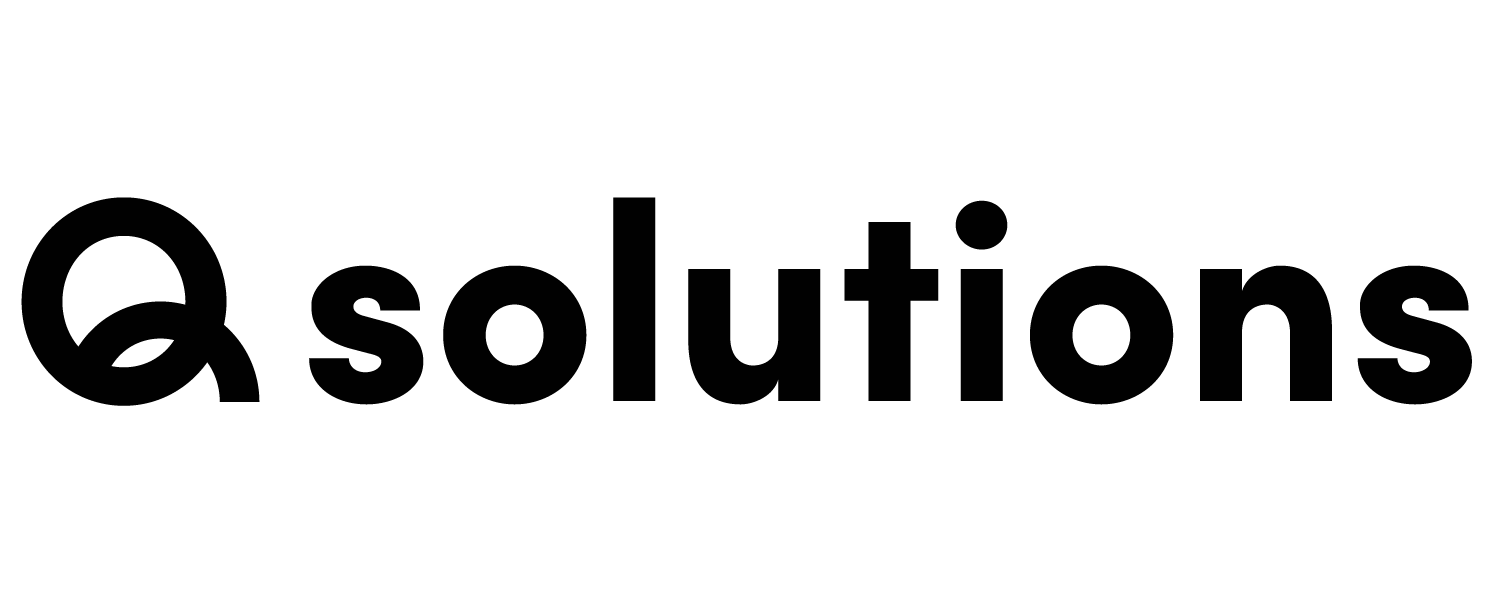In today’s globalized world, businesses need to reach out to customers from different parts of the world, who speak various languages. However, creating and maintaining multilingual products can be a daunting task. We are developing a solution to make this process easier and more efficient.
The growing significance of multilingual content
Multilingual productions are essential in today’s world. They allow businesses to reach a broader audience and provide a better user experience for their customers. Our solution makes it easier and more efficient for businesses to create and maintain multilingual products, enabling them to expand their reach to a global audience. Integrating our solution into your business processes can simplify the creation and maintenance of multilingual products. This can help reduce costs and improve efficiency, allowing businesses to focus on other critical aspects of their operations. We are excited about the potential of new technologies and ideas in the field of multilingual productions. As AI technology continues to advance, we envision a future where AI can assist human translators in creating multilingual products, further increasing efficiency and accuracy.
Our Recipe for Multilingual Success
Set a neutral language.
Our solution involves several key components that streamline the process of creating and maintaining multilingual products. One of the biggest challenges in creating a multilingual production is to ensure that the translations are accurate and consistent across all languages. That’s why one of the most crucial components is having a neutral language as a leading language which acts as the basis for all translations. The neutral language should be carefully chosen and should not have any cultural or regional biases. For example, English is often chosen as the neutral language because it is widely spoken and understood around the world. This ensures that all translations are consistent and accurate across all languages.
Partial information changes for accurate translations.
A second important component is keeping translations as close as possible to the original content. We achieve this by only translating changes to the content, rather than the entire content again. When partial information changes, for example, if a hotel adds a new swimming pool to its amenities, the content needs to be updated in all translations. To make partial content changes, we update the neutral language, which triggers an update of the partial content change in all translations. This ensures that all translations are updated with the latest content, and there are no inconsistencies across languages. This saves time and resources, and also ensures consistency across languages.
Informing (AI) translators.
To help translators, whether human or AI, make more accurate translations of these (partial) content changes, we need to supply the context on which the item that needs to be translated is used. This can include information about the user interface, the target audience, and the purpose of the content. To keep track of translations and inform (AI) translators about their job, we use a system that notifies them about new or updated content that needs to be translated. We also allow for collaboration and communication among translators to ensure consistency and accuracy in translations.


Get ready to streamline multilingual productions
Creating and maintaining multilingual products can be challenging, but with our solution, businesses can streamline the process and expand their reach to a global audience. By using a neutral language, keeping translations close to the original content, providing context to translators, and using a system to keep track of translations, businesses can create accurate and consistent multilingual products. We are excited about the future of multilingual productions and the potential of new technologies to improve the process even further.
